
Impact: So What’s The Big Idea, Then?
This impact story provides a general overview of what ‘impact’ is all about.
It was originally used as the text on our homepage but then we realised that it was probably a bit too long!
Reading time is about 5 to 10 minutes.
If you’re the parent of a budding impact thinker, this story (like all of our stories) doesn’t contain profanities or age-inappropriate material. But it does contain descriptions of wealth inequality and other global problems that you may not want to pass on just yet.
Text: Daniel Rosehill. Graphics: DALLE3.
Humans … we’re an interesting lot, aren’t we?
I mean, we’ve done some pretty *amazing* things in our time
Like that time when we put a sloth on the moon (but the World Cup was going on so you’re probably just hearing about it now)
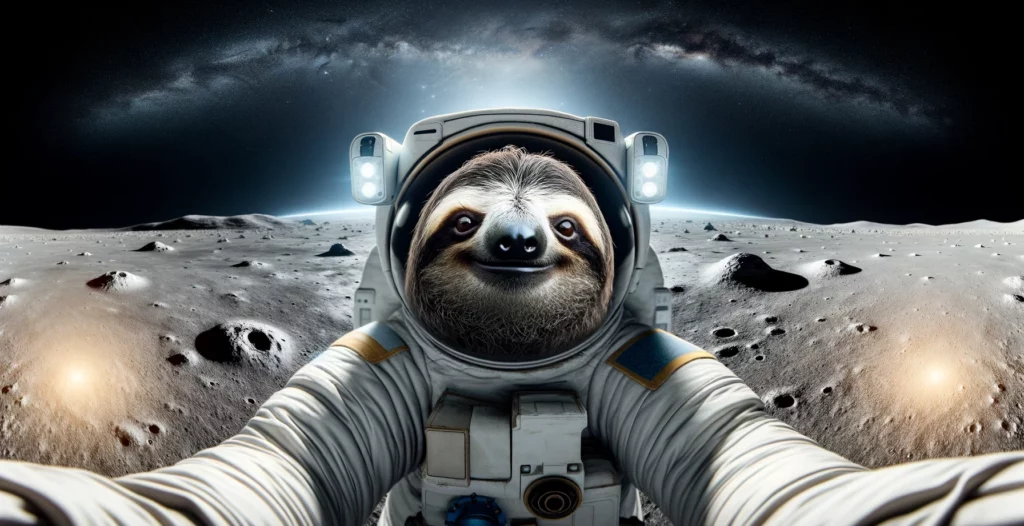
But in spite of our successes, we don’t always seem to have our priorities straight.
We’ve developed artificial intelligence platforms capable of bringing our strangest mental images to life in mere seconds


We’ve perfected the development of electrical appliances whose sole purpose is to boil eggs more effectively
(No, really. Go on Amazon)
But … we’ve also created a climate crisis that threatens the very existence of our planet … including those who had nothing to do with creating it


Our societies have become more prosperous … but also starkly unequal. In 1965, the average CEO-to-worker pay ratio stood at 21 times. In some cohorts today, it’s more than 600 times.
For all the rhetoric that’s been spoken over the years about furthering equality between nations, huge gaps still exist between countries – and the developed and less-developed world

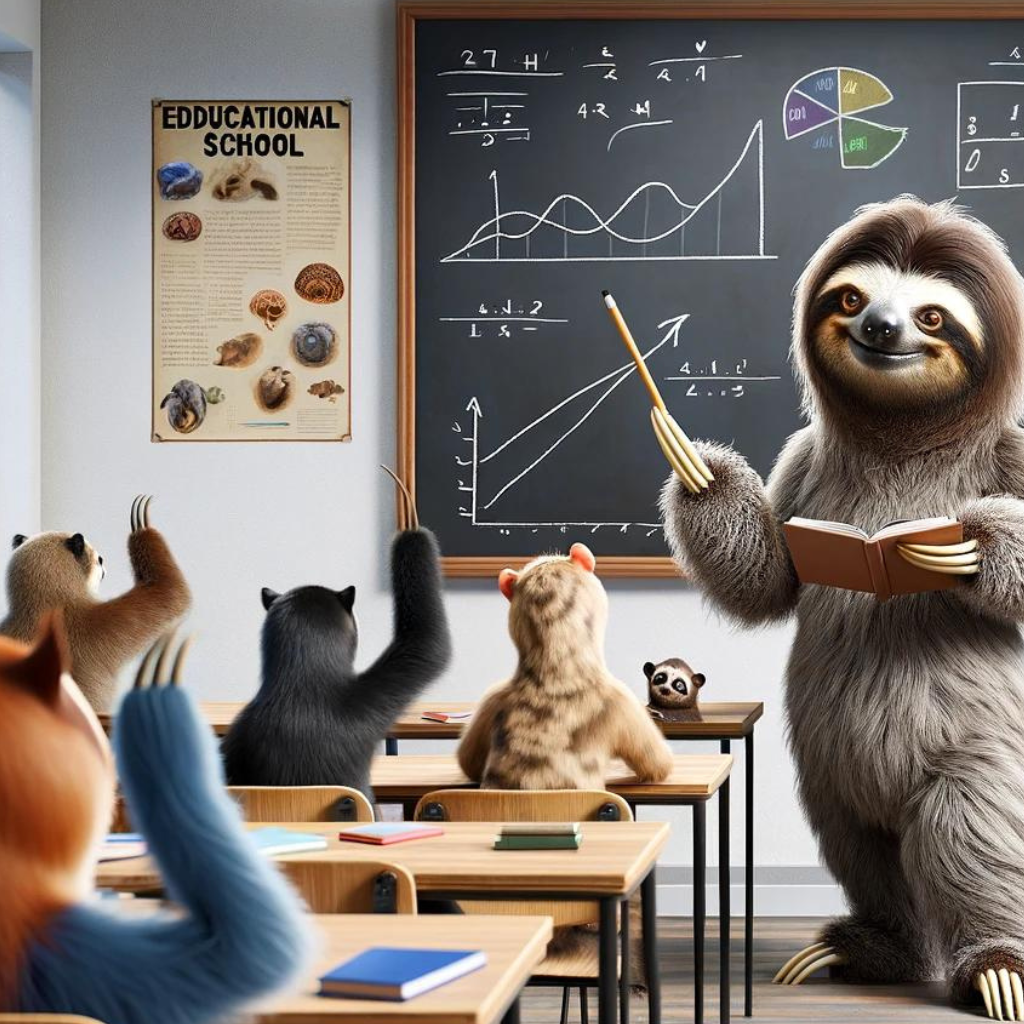
While some nations create cutting-edge research programs, others grapple with widening access to basic literary
It’s not like things haven’t gotten better for humanity.
Globally, by many yardsticks, they objectively have.
In the US at the turn of the century, neither sex had an average lifespan of more than 50 years1.
Today, thanks to advances in healthcare and living standards generally, humans in many parts of the world can lead long, healthy, productive lives.

But …
There’s also an elephant in the room:

(You saw that one coming, right?)
Many of us can’t shake off the conviction that something just isn’t ‘right’ about the way things are
It’s okay to trust our intuition on this one. Many things are wrong about our world!
We feel, sometimes, as if the world is like a jigsaw puzzle … that must have left the factory without a few pieces.


Many of us work hard our whole lives but feel like we never really get to reap the fruits of our labor.
In real terms, our income stagnates.
Or worse, it’s withered into the minus by inflation.
We feel powerless to observe how things that were easily affordable to previous generations (like home ownership) appear to be moving impossibly out of reach.
We might find ourselves wondering things like:
“What am I doing wrong!?”
“Did I pick the wrong career?!”
“Am I just .. incompetent!?”
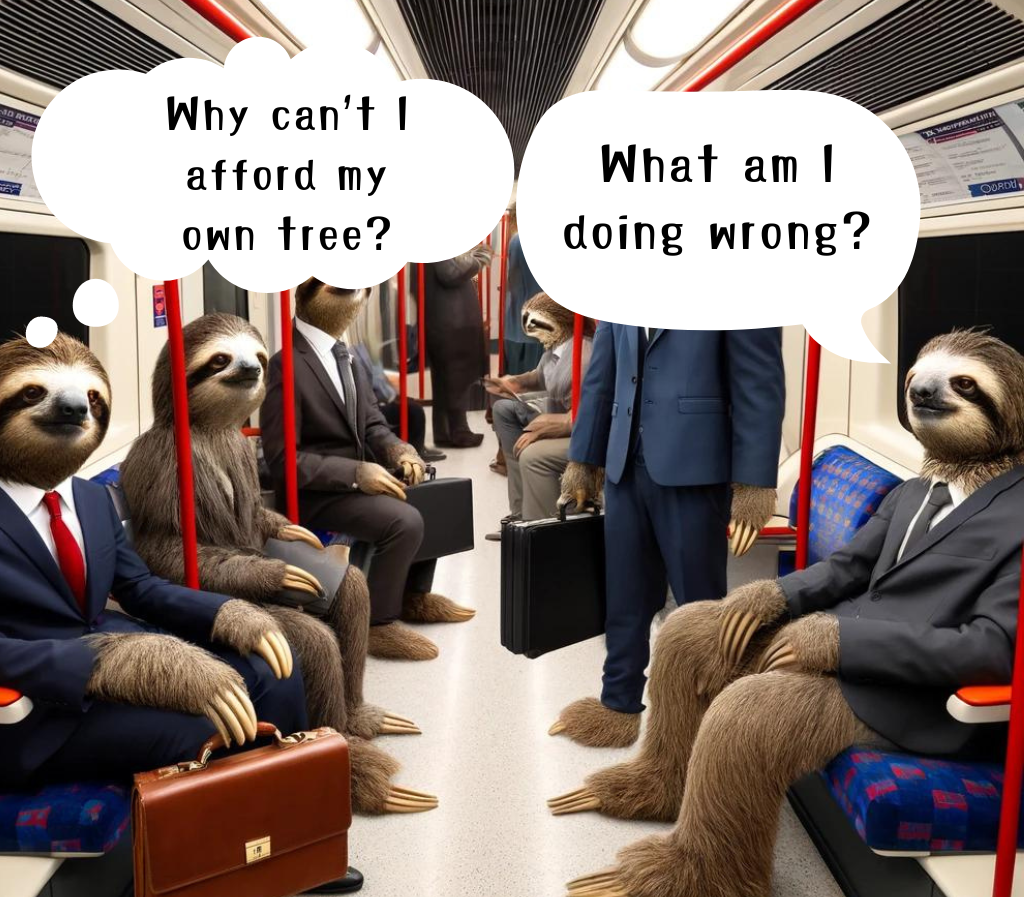
Meanwhile, in other parts of the world, people’s basic human needs are unfulfilled.
These people aren’t hungry for a promotion to buy a house they’re just … hungry for food.
It’s hard to dream about having access to world-class education when your actual dream is having access to clean drinking water.
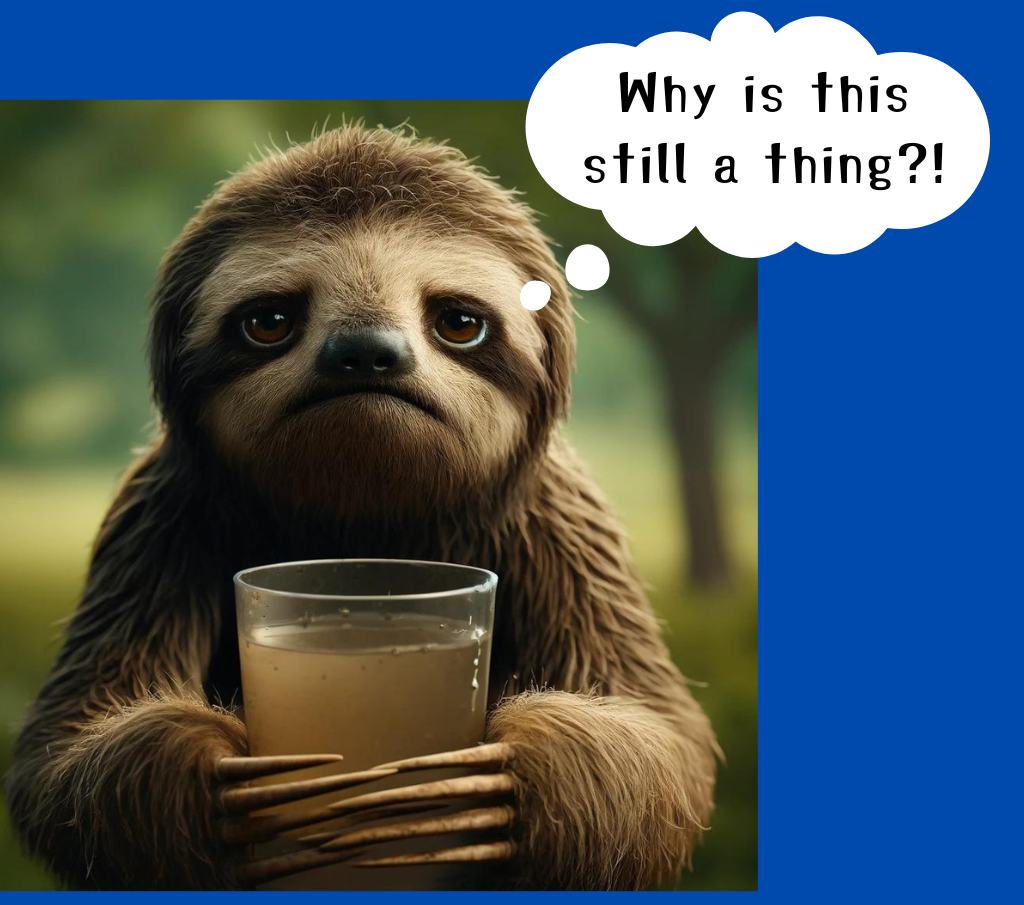
For these people, worrying about home ownership seems trivial.
But impact tries to help peoples and countries at various stages of economic development.
(For the purpose of this description fact have been simplified. Poverty exists in developed nations too).
All this really begs the question:
It’s not been that long since the world seemed like an altogether more hopeful place.
When the idea that a strong work ethic and an ambitious dream were the only prerequisites to doing really well, wherever you started out

Today, thoughts like these risk sounding idealistic and naive.
Instead, we’re more likely to find ourselves wondering:
but like …

Impact argues that much of the explanation has to do with the fact that our economic system has basically ignored the far-reaching ‘impacts’ on people and planet that companies often have.
Its conviction is that by changing that we can not only claw back some of the damage we’ve done to our world, but also begin moving in a wholly more positive direction.
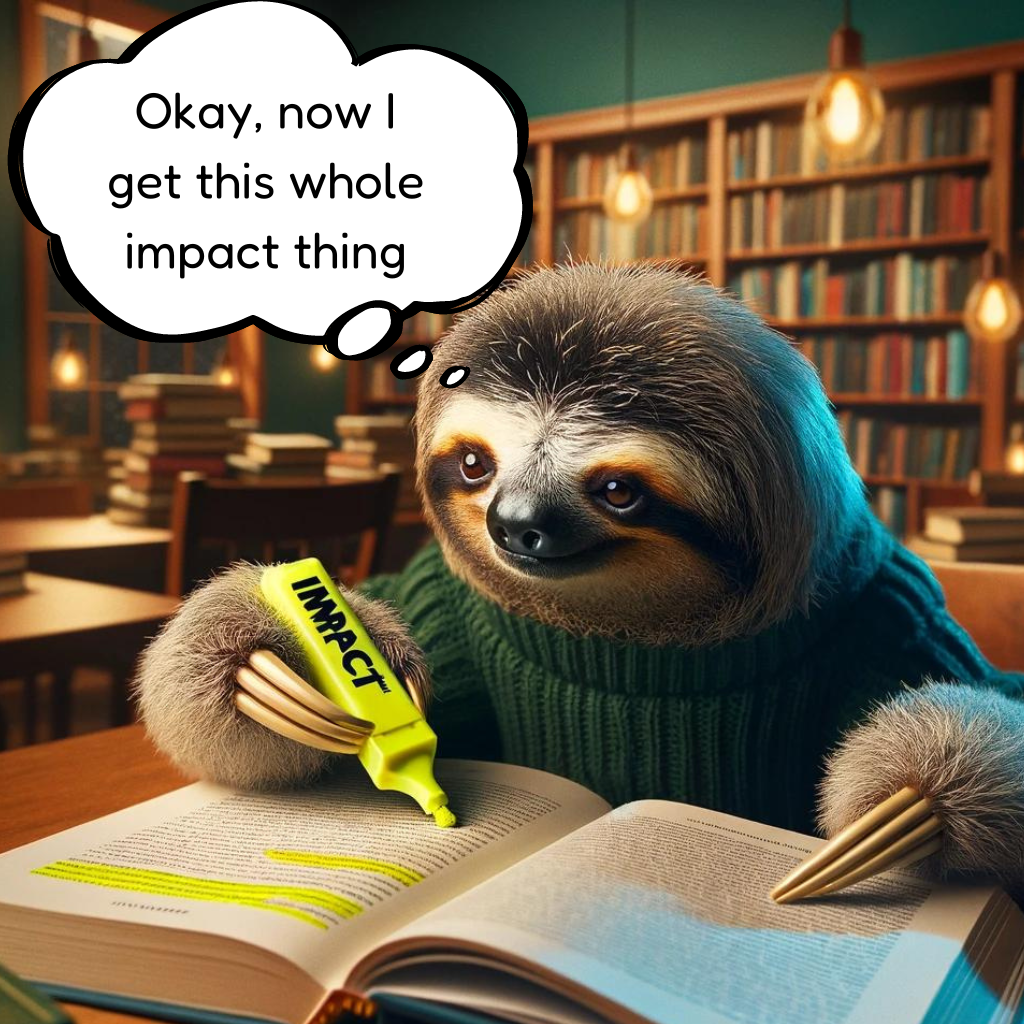
Why the financial lens, you might be wondering?
Impact is a financial movement.
You might be wondering why we need do-gooder bankers to help us solve our problems?
The impact movement is brimming full of amazing financial professionals who want to make the world a better place and equally wonderful people with non-financial backgrounds.
But that’s maybe besides the point.
The real answer to that question is because the global financial system is huge and so many important impact projects require money to fund them.
According to Boston Consulting Group, by year end 2023, there was $120 Trillion worth of global assets under management (AUM)
Think about all the money that’s:

Invested in the stock market
Issued by governments as bonds

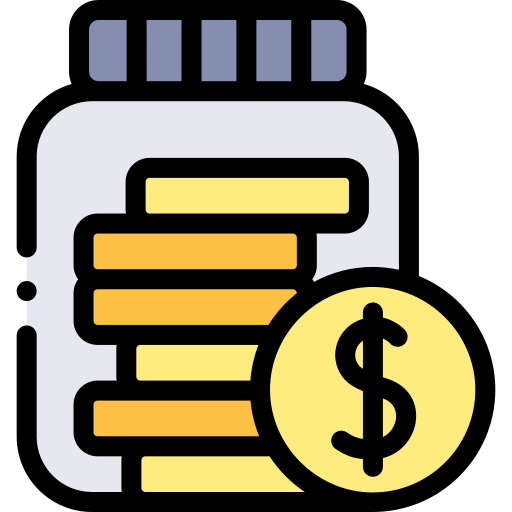
Saved into pension funds
Invested via sovereign wealth funds, through family offices … the list goes on and on (as does its potential for generate impact!)

If all that money could be invested according to impact principles, an awful lot of good could be achieved!
It’s also pragmatic.
We use money to determine value in society.
If we can interject “impact” into the equation, we can try to steer all our purchasing decisions towards things that are good for the planet.

It could also help us to:
Close The SDG Funding Gap!
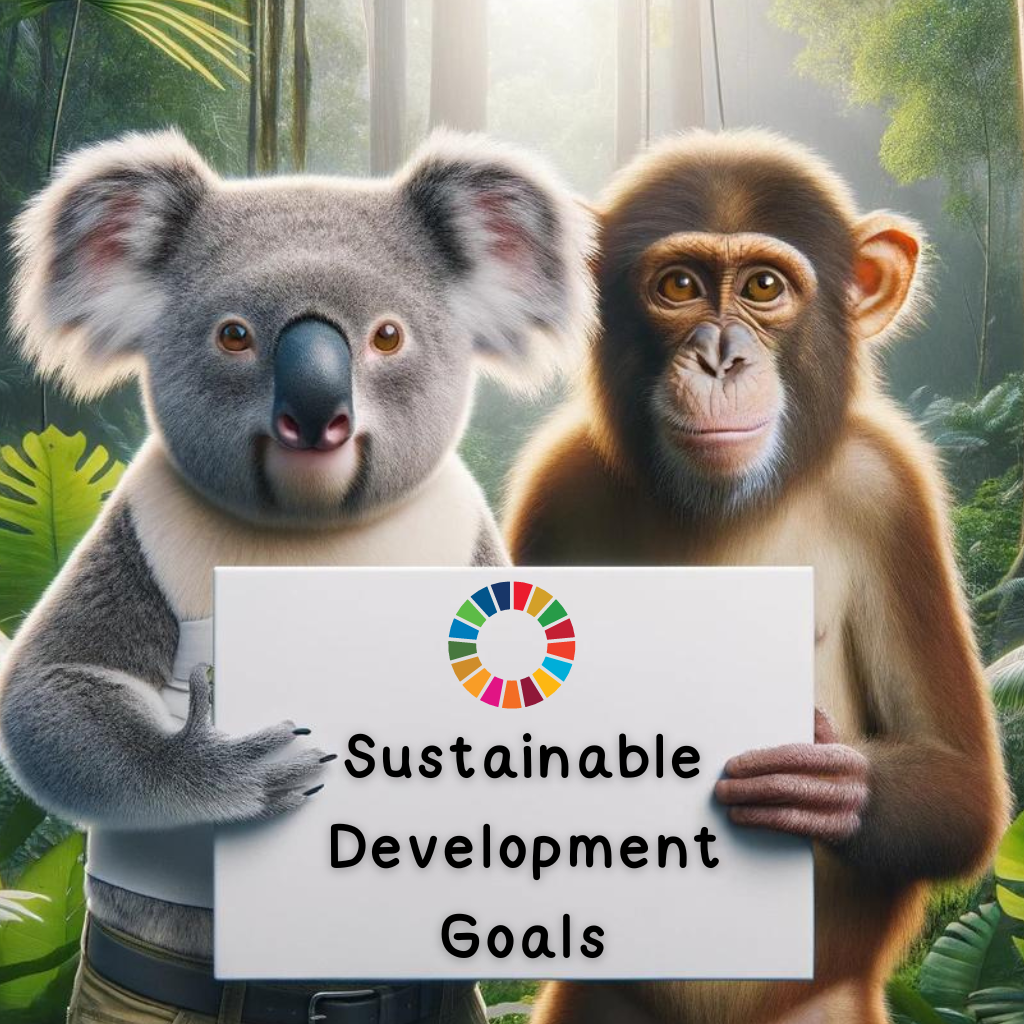
Well, it looks like those guys got there first. This is what you get for hiring animals as narrators, I guess.
In total there are 17 SDGs.
Collectively, they represent an enumeration of some of the most pivotal challenges facing humanity – and our ambitions to fix them (1 is “no poverty”; 2 is “zero hunger”)
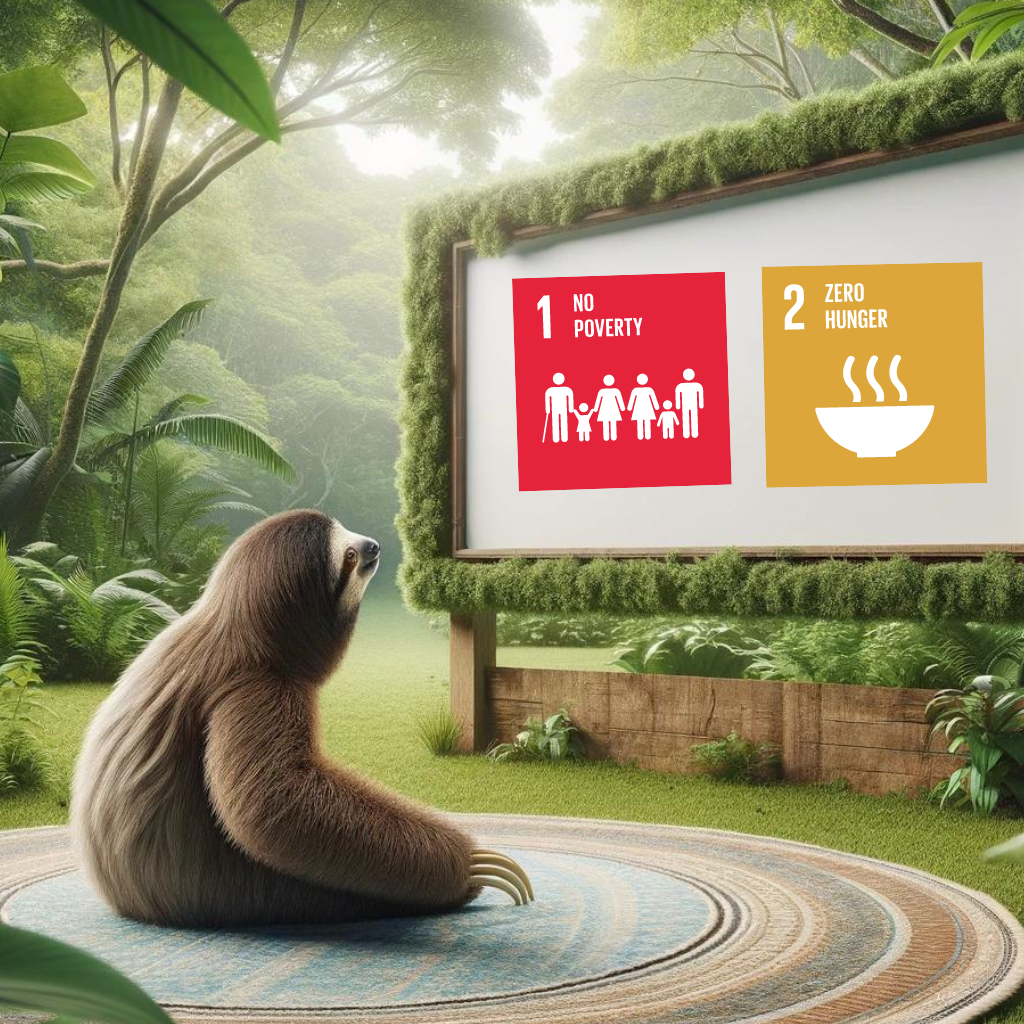
The SDG Financing Gap represents how much money we (the world) need to meet the sustainable development goals (SDGs)
That gap has been estimated to be in the region of $4TN (trillion US dollars) per year
That may seem enormous, but don’t despair just yet.
As we have seen, while that’s a big number, there’s still much more money than that flowing through the global financial system:
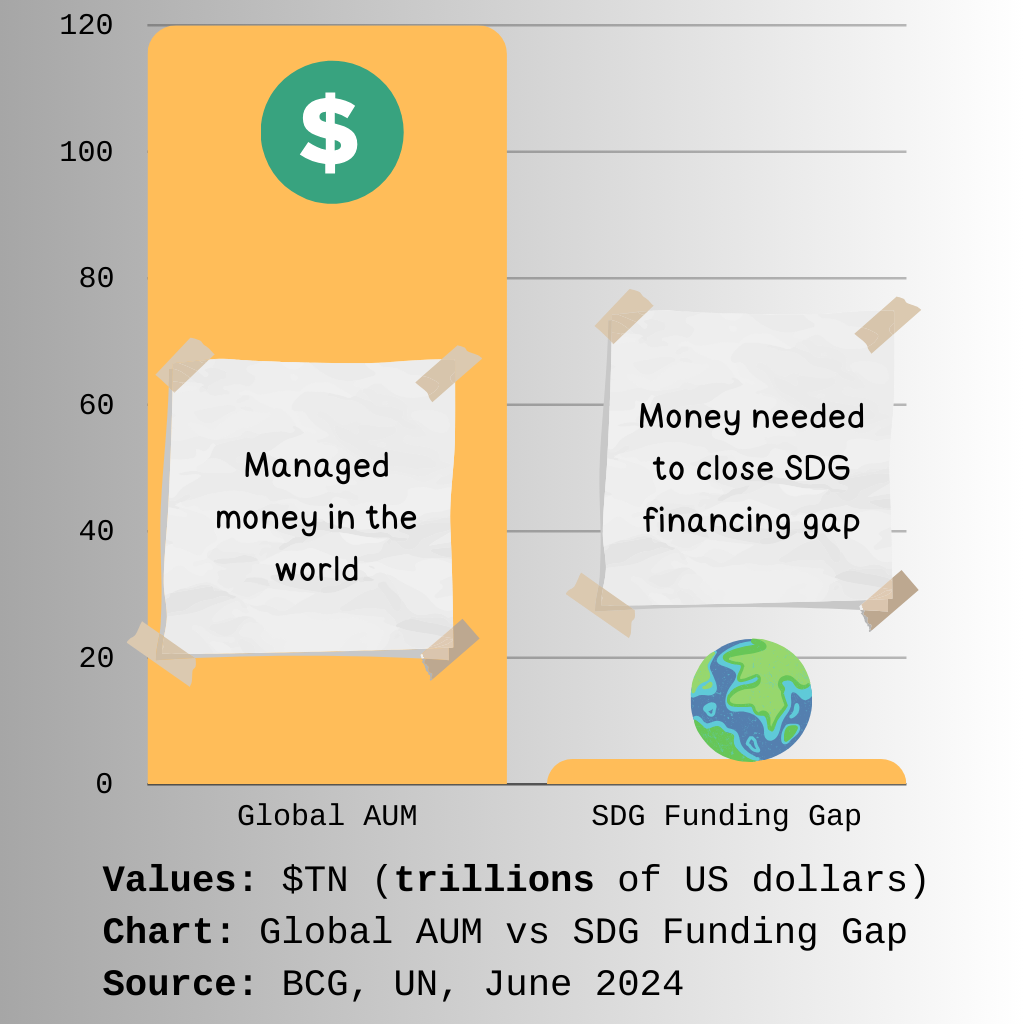
In other good news, in 2022, impact investing passed the $1TN mark (GIIN)
That’s not where we need impact to be.
But it’s still a hefty number.
It was an important milestone for the industry.
We took a moment to celebrate it.
We hope you did too.
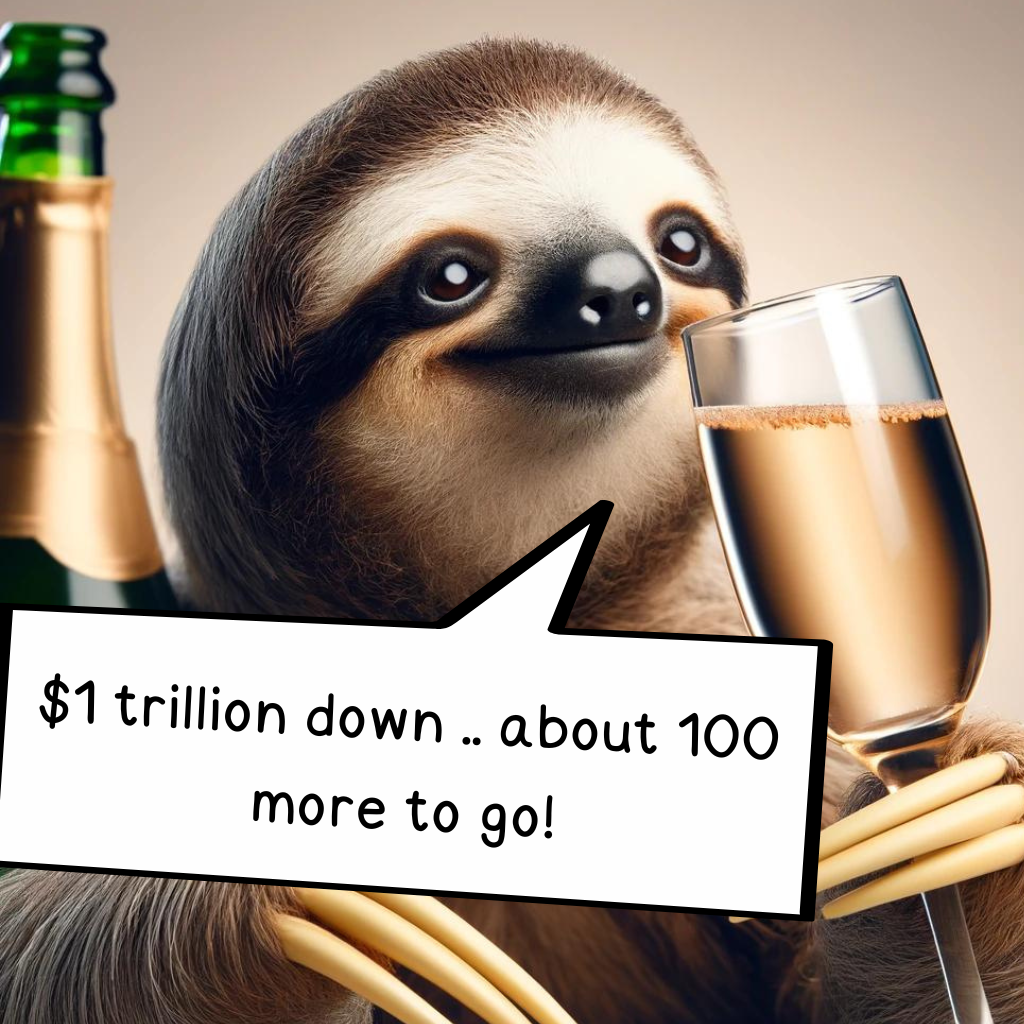
Let’s imagine for a moment that the global financial system were a simple spreadsheet.
To move money from column A (what we have) to column B (how much we need to meet the SDGs), we could try ideas like:

Increase public-private collaborations
Direct more privately held money into impact-positive funds
Scale individual impact projects with the help of outcomes funds
(There are countless more ideas)
The normative economic system today encourages companies to focus exclusively on profit-maximisation while hoping that they will also spare a thought or two to their broader impacts (see: impact vs ESG, later).
Often this is all boards and investors want to see.
In other instances, boards actually have a legal duty towards profit maximisation.
This means that Boards of Directors are legally constrained by an obligation to maximise profitability.
Crazy, no?
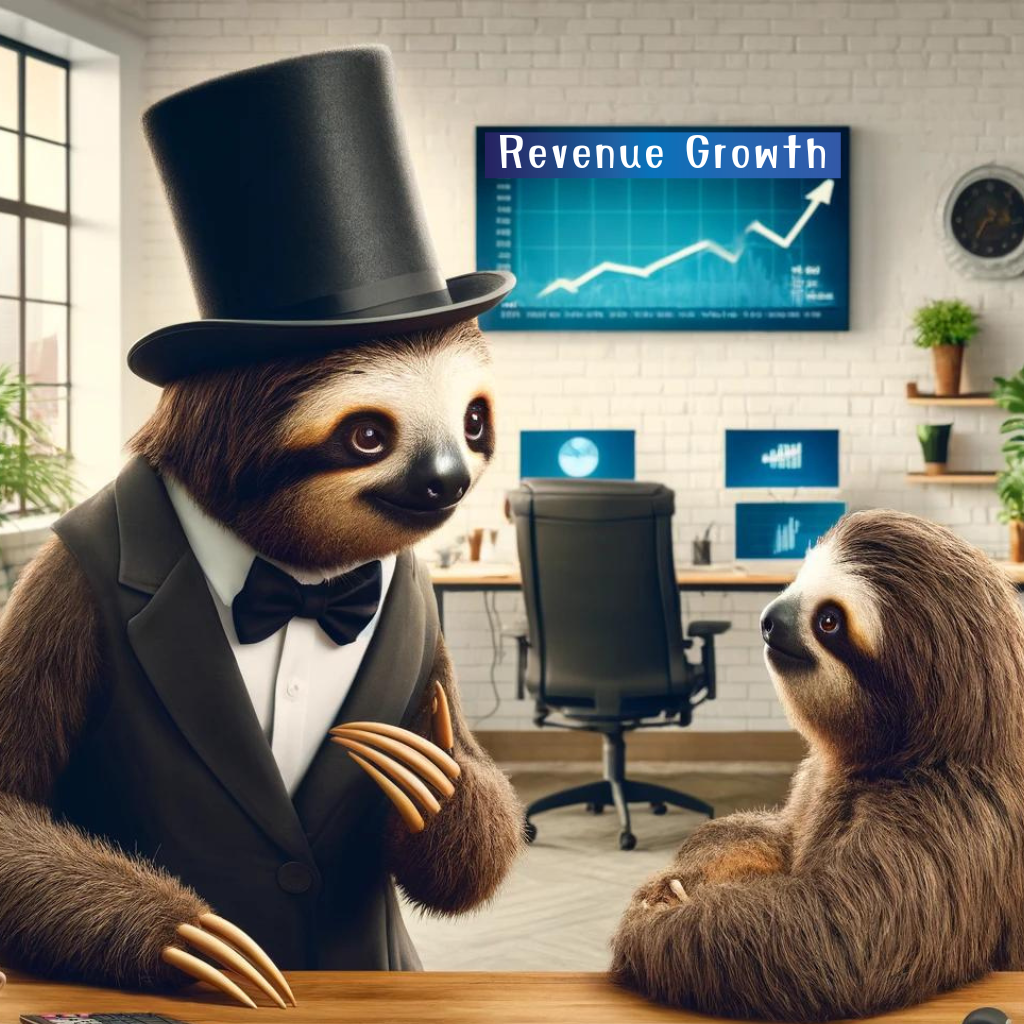
Impact says that this situation can’t continue
For one, we need to be encouraging businesses that maximise impact and profit
In a world where value is counted in money, businesses need to be profitable to survive and pay their staff.
Indeed to create prosperity they need to generate profit.
And in a world where impact affects us all, companies also need to be impact-positive.
So impact wants to see the growth of businesses that are both:
Financially Viable
(Good for themselves)
Impact-Positive
(Good for the world)
This would require a new generation of entrepreneurs who aspire to maximise impact and profit.
We might call them the:
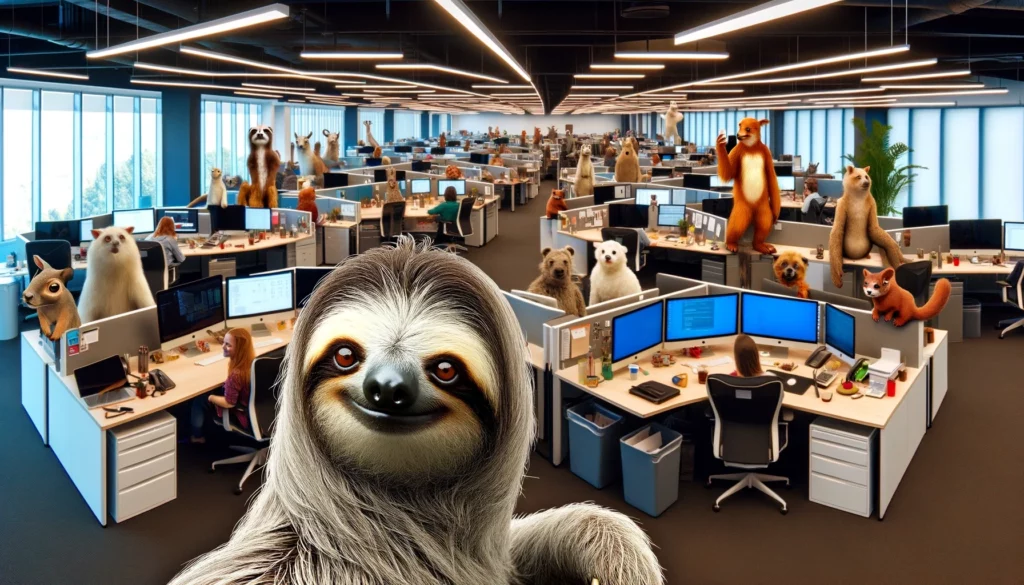

The B Corp movement is an example of an attempt to make objectives besides profit maximisation legally recognised ways of doing business*
(The juxtaposition of sloth photos and other points on this website is always unintentional. We are not and have never suggested that B Corp is staffed entirely by sloths)
Unlike ESG, however, impact says that sustainability reporting needs to be mandated externally – by governments, for instance

First and foremost, impact wants to get behind the creation of impact-positive companies that go far beyond not doing harm. The fundamental motivation of impact is stimulating impact-positive business.
Impact wants regulation about impact disclosures to come from societies and their elected officials in government.
It thinks that if businesses are allowed to write the rule-book, too many of them will just do whatever it takes to paint a rosey picture of themselves:
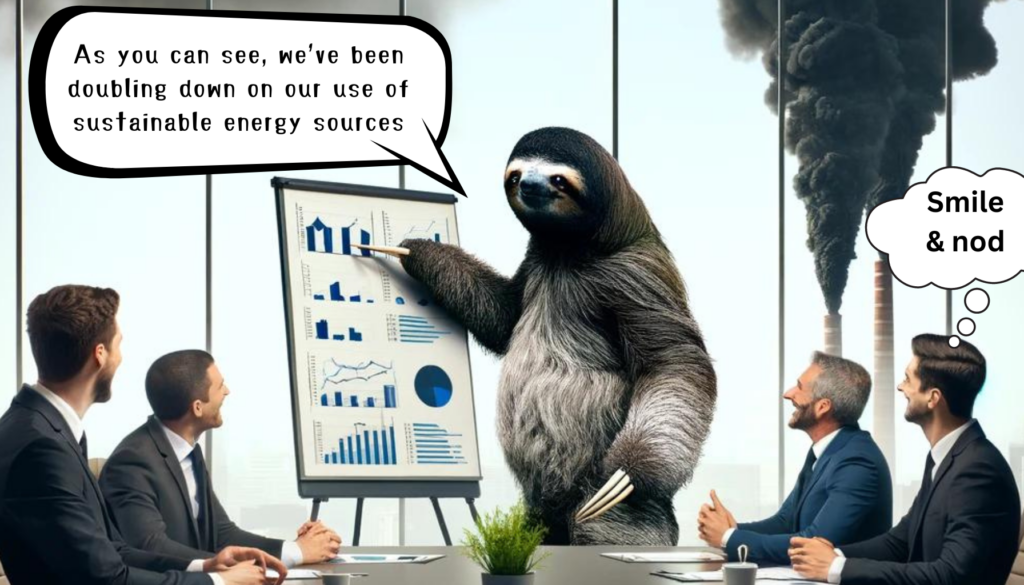
So impact suggests that we need to re-calibrate how we think about value creation and stop pretending that the world of business is a zero sum game
Because it’s very much not.
Even if we live on opposing ends of the planet, even if we never meet, our fates are all deeply intertwined.
Impacts asks our economic system to acknowledge this.

Impact is all about getting everyone to see the bigger picture
And creating a system for doing business that’s not only fairer, but which also stimulates the creation of businesses which try to actively fix what’s broken in our world


Text: Daniel Rosehill. Visuals: DALLE3 (OpenAI)